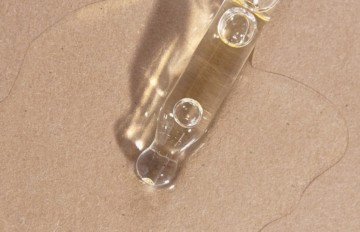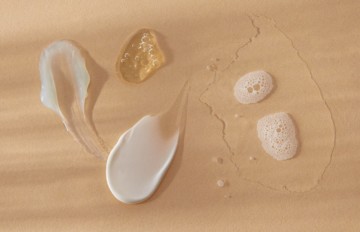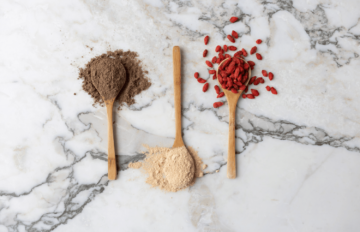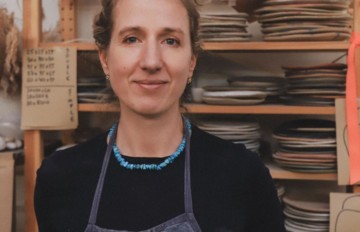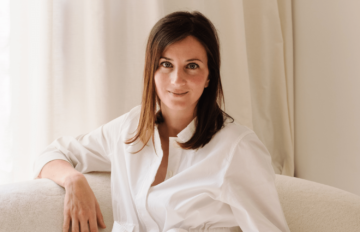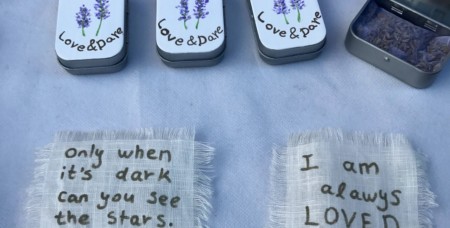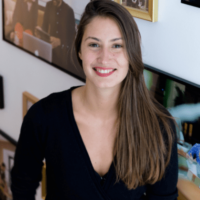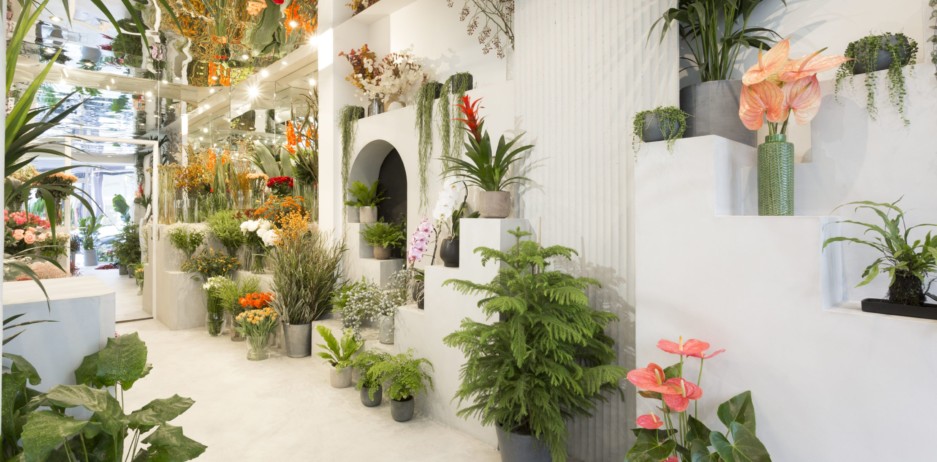
Living in harmony : the search of design
From the fifties to the present day, design has brought us modernity through harmonious and optimized goods. A founding figure of industrial design, Raymond Loewy is remembered for his aesthetic of simplicity, still prevailing today. From his vision to a more contemporary approach, we offer a perspective on harmony in the design field.
There are lives that alone embody the spirit of an era, with its good and its bad. Raymond Loewy is one of them. Born in 1893, he has lived through the birth of the automobile and aviation industry, shaping the American dream and consumer society. Founder of “industrial aesthetics”, this Frenchman who emigrated to the United States in 1919 was known to be the creator of industrial design, thanks to his drawing talents and his mastery of public relations. He came up with the concept of MAYA (“most advanced but acceptable”), that is, the idea of pushing as far as possible for modernity in a design while ensuring its adoption by the greatest number. An instant success that allows him to boast, in his 1952 autobiography, that 3 out of 4 Americans use his creations on a daily basis. From locomotives to pencil sharpeners, the designer worked for almost all the giants of mass production including Lucky Strike, Exxon, Monoprix, Shell, Lu or Newman for which he drew the well-known logos. For many years, his work allowed for the myth of technical progress to full swing.

Alors que les machines se complexifient pour répondre aux besoins des consommateurs (et en créer quantité de nouveaux, au passage), Loewy parvient à imposer l’idée que l’apparence d’un objet doit avant tout être simple. Comme la peau recouvre la mécanique complexe du corps humain, l’enveloppe des objets techniques se doit d’être épurée, ses courbes lisses et harmonieuses. Ce souci de l’esthétique a pour but de faciliter la relation entre les objets et leurs usagers. Intermédiaire entre l’ingénieur qui le conçoit et le public qui l’utilise, le design rend l’objet non seulement acceptable, mais désirable.
“Design seeks well-being, whether in transportation, habitat or interior decoration“, summarizes Pablo Goury. “The shape of an object must serve its function and be self-evident. The whole difficulty is to produce an object which appears simple, but can be very complicated in its making. Long after Loewy, Apple has massively imposed simplicity in current design (think about the single button of the iPod!)“.
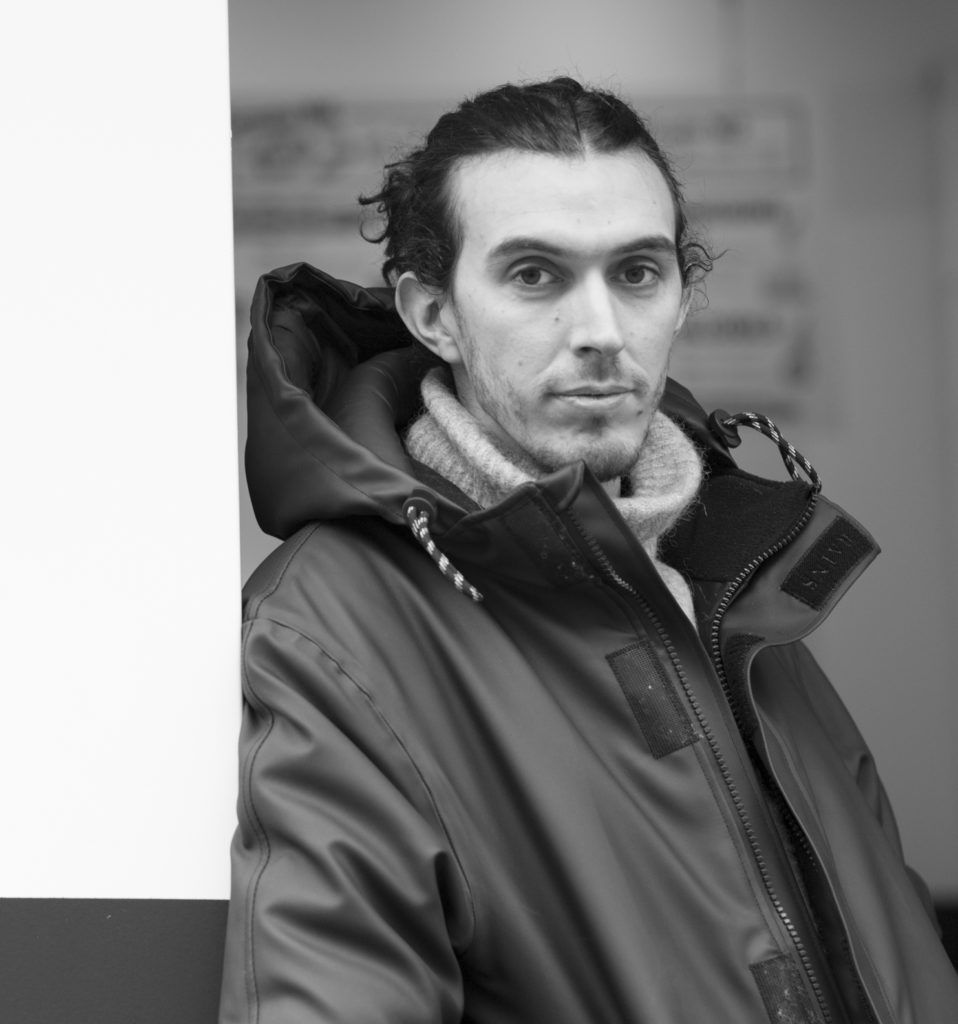
Trained in industrial design before turning to interior architecture, scenography and even jewelry, Pablo Goury has developed a multidisciplinary approach to design. To him, design is a creative process that intersects craftsmanship, industry and art in order to solve a problem. Playing with a set of constraints (material or budget-wise, but not only) is an essential part of the job.
Portrait of Pablo Goury by Olivia Rutherford.
Taking into account brand image and modes of production is necessary to ensure the success of a creation. “At the beginning, we only want to draw very beautiful objects, but very quickly we realize that harmony is only achievable when targeting a concrete problem“, he says. “If I design a really beautiful but uncomfortable ring, I consider it a failure. So my job is to make it comfortable, without altering the harmony of its shape. Because in design, you don’t draw for yourself but for others”.
To create an object is always to intend it for someone. “I like to start from street or nature observation, then I grope, group together new and old ideas. With experience, ideas come to me without necessarily having to draw them, simply by adapting to the space.” Pablo Goury draws inspiration in this intuitive dialogue between design and manufacture, revisiting the form that has long obsessed him: the fluted column. “I discovered it ten years ago while making a model. This shape is absolutely beautiful, it takes the light perfectly. Its beauty is obvious to me but in order for it to become harmonious with the outside world, I have to find its most relevant use.”
Each designer has quirks and fixed ideas. Want to know Raymond Loewy’s only regret? “Not having invented the egg, a perfect shape”. Self-made man, Loewy has been criticized for unreservedly promoting the tenants of modern capitalism, as much as having self-proclaimed himself a genius. However, he has the merit of having launched a run for quality and aesthetics in the market-goods production. To this day, his vision endures: “To design for the benefit of the greatest number, first and foremost“.
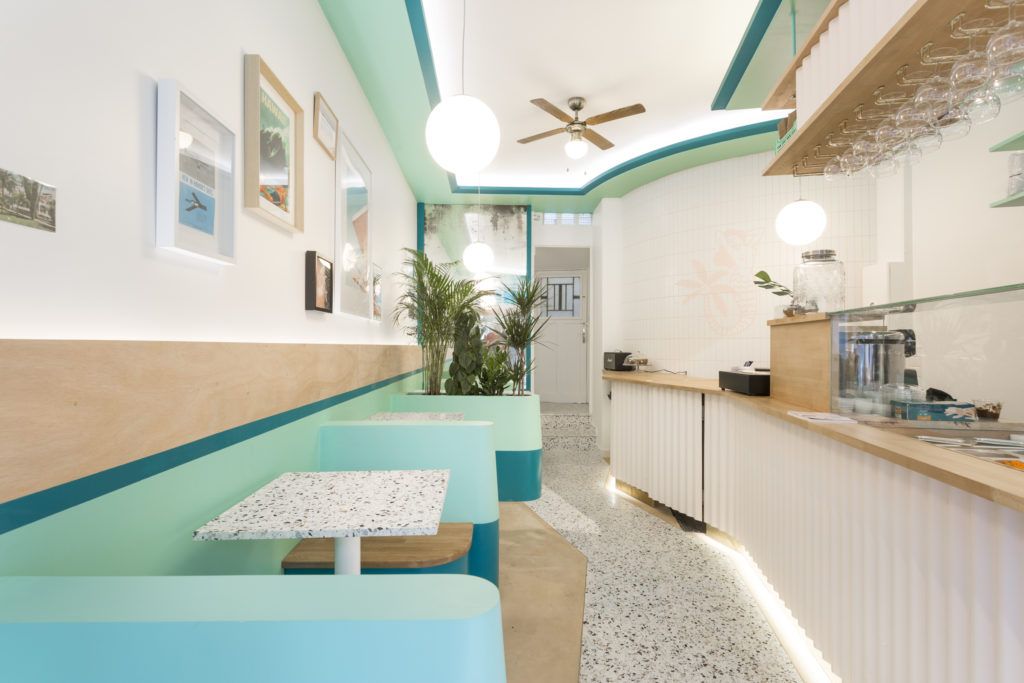
Pablo Goury is the co-founder of Le 371 à Paris, his work is available on the website.
Cover picture : Vertical florist, interior architecture designed by Pablo Goury and photographed by Olivia Rutherford.




